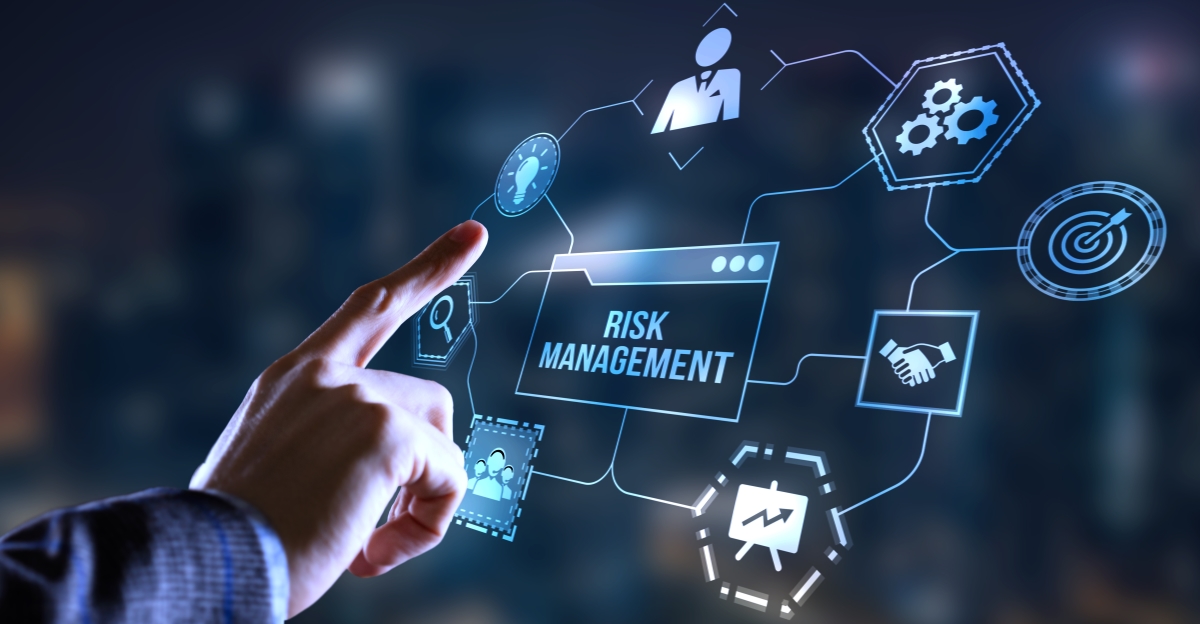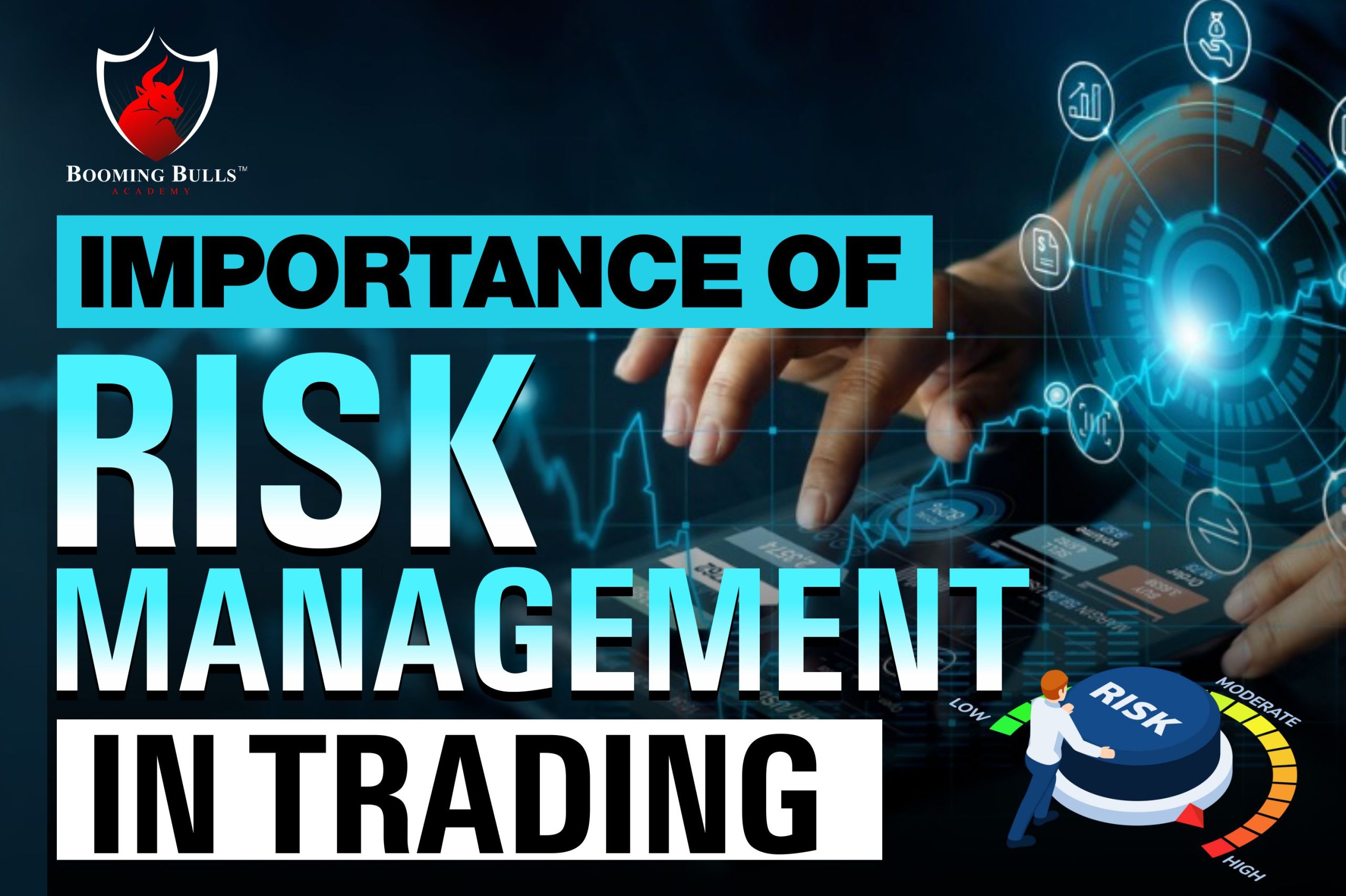Exploring the Expanding Importance of Risk Management in Corporate Strategy
Exploring the Expanding Importance of Risk Management in Corporate Strategy
Blog Article
Checking out the Significance of Risk Management for Effective Decision-Making Techniques
In the complex world of business, Risk Management emerges as a vital variable in the decision-making process. The ability to determine possible risks and possibilities, and plan as necessary, can mean the distinction in between success and failing.
Comprehending the Concept of Risk Management
Risk Management, a vital element in decision-making, is frequently misinterpreted or oversimplified. Normally, it describes the recognition, analysis, and prioritization of threats to minimize, check, and control the probability or impact of unfortunate events. However, it's not merely about avoiding negative outcomes, but also about acknowledging prospective chances. Risk Management includes self-displined and organized techniques, using data and informative evaluations. It needs an extensive understanding of the organization's context, purposes, and the prospective dangers that might thwart them. From financial unpredictabilities, lawful obligations, calculated Management mistakes, to crashes and all-natural calamities, it resolves different threats. Importantly, efficient Risk Management is not stationary; it's a continuous, positive procedure that advances with altering situations.
The Role of Risk Management in Decision-Making Processes
In the world of strategic planning and service procedures, Risk Management plays an important function in decision-making procedures. It aids in determining possible risks and unpredictabilities that can affect the accomplishment of organization objectives. By tracing these dangers, business can create techniques to reduce their impact, making sure organization continuity and stability. Risk Management therefore ends up being an essential device in decision-making, helping leaders to make informed options based on a thorough understanding of the risks included. It motivates an aggressive approach, allowing companies to prepare and prepare for for feasible future scenarios. This considerably minimizes the probability of adverse effects, promoting much more reliable and reliable decision-making approaches. Therefore, Risk Management serves as an essential part in the decision-making procedures of any organization.

Just How Risk Management Improves Strategic Preparation
In the context of tactical preparation, Risk Management plays a pivotal duty. Initiating with the recognition of possible dangers, it even more encompasses the application of Risk mitigation measures. The role of Risk Management is not fixed but dynamic, as it requires constant monitoring and adjusting of techniques.
Recognizing Potential Dangers

Executing Risk Reduction
Having actually developed the importance of identifying prospective dangers, the following action is to explore Risk reduction. This procedure entails creating and executing techniques to handle recognized threats successfully. It is a critical facet of tactical planning as it improves decision-making by decreasing possible adverse end results. Risk reduction methods can vary from Risk avoidance, Risk transfer, to risk reduction. Each method should be tailored to the particular Risk, considering its possible influence and the company's Risk tolerance. Reliable Risk mitigation calls for a deep understanding of the Risk landscape and the possible influence of each Risk. This understanding allows organizations to focus on threats and assign sources effectively, making certain that one of the most significant risks are attended to initially.
Monitoring and Readjusting Strategies
Though Risk mitigation is an essential action in tactical planning, constant monitoring and modification of these approaches is equally crucial. This ongoing process permits organizations to determine brand-new risks and reassess existing ones, making certain the executed approaches remain efficient in the ever-changing organization environment. It also supplies a possibility to evaluate the success of the Risk Management actions, enabling changes to be made where necessary, additional boosting strategic planning. Reliable monitoring and modification need making use of analytics and crucial efficiency indicators (KPIs) to determine performance. These tools give useful data-driven insights that can notify strategic decision-making. Therefore, surveillance and changing Risk Management techniques is an important element for improving a company's durability and critical planning.
Situation Studies: Successful Risk Management and Decision-Making
In the globe of company and finance, effective Risk Management and decision-making often offer as the pillars of thriving enterprises. These instances highlight the value of astute Risk Management in decision-making processes. These check my source instances highlight the important function of Risk Management in strategic decision-making.
Tools and Strategies for Reliable Risk Management
These tools, such as Risk signs up and warmth maps, help in identifying and examining possible threats. Risk response techniques, a key part of Risk Management, include approving, avoiding, moving, or mitigating threats. With these strategies and devices, decision-makers can browse the complicated landscape of Risk Management, thereby helping with notified and effective decision-making.
Future Trends in Risk Management and Decision-Making Methods
As we check out the huge landscape of Risk Management, it comes to be obvious that the methods and tools made use of today will certainly remain to evolve. Future fads aim towards a boosted reliance on technology, with fabricated knowledge and device learning playing significant duties. These innovations will check out here make it possible for organizations to predict possible dangers with greater precision and make even more educated decisions. In addition, there will be a growing focus on resilience, not simply in managing risks yet likewise in bouncing back from damaging circumstances. Lastly, the idea of Risk culture, where every member of a company knows and associated with Risk Management, will certainly obtain much more prominence. These fads declare a more aggressive and inclusive method in the direction of Risk Management and decision-making.
Verdict

Risk Management hence comes to be a crucial tool in decision-making, helping leaders to make enlightened options based on an extensive understanding of the risks entailed. Risk mitigation approaches can range from Risk evasion, Risk transfer, to take the chance of decrease (importance of risk management). Effective Risk mitigation calls for a deep understanding of the Risk landscape and the potential influence of each Risk. Risk action strategies, a vital element of Risk Management, involve approving, avoiding, moving, or mitigating dangers. The principle of Risk culture, where every participant of an organization is mindful and included in click now Risk Management, will certainly get a lot more prominence
Report this page